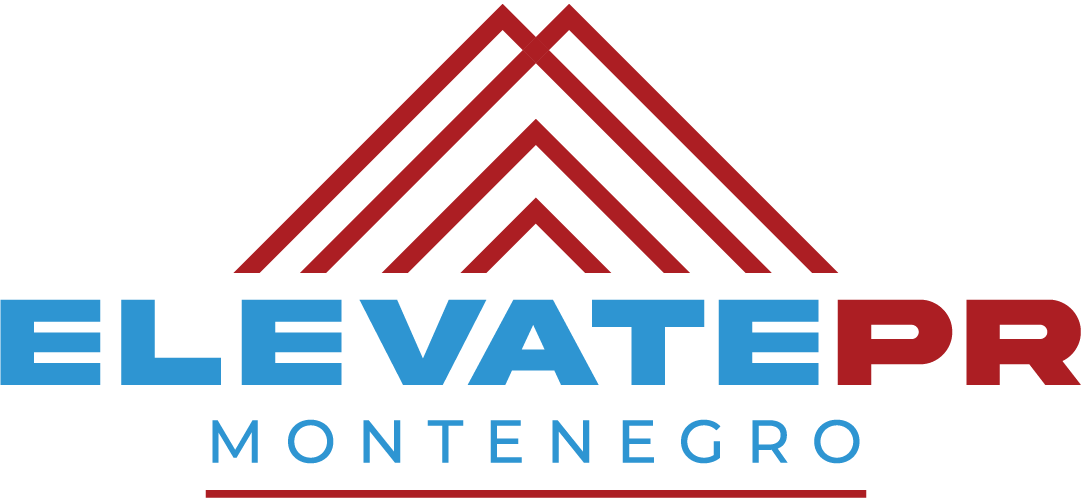In the dynamic realm of energy projects, effective communication plays a pivotal role in shaping public perceptions, garnering support, and fostering understanding. Communicating complex scientific concepts to the public requires a strategic approach that blends scientific accuracy with relatability. This article explores the importance of science communication and public relations in energy projects, emphasizing the need for clear messaging, transparency, and community engagement.
**1. The Challenge of Scientific Complexity:**
Energy projects, especially those involving advanced technologies or intricate scientific processes, often face the challenge of conveying complex information to the general public. From renewable energy initiatives to nuclear power developments, translating scientific jargon into accessible language is crucial for building public awareness and support.
**2. Clear Messaging and Storytelling:**
Effective science communication begins with clear messaging and storytelling. Crafting narratives that resonate with the public’s values and concerns helps make scientific concepts more relatable. Whether highlighting the environmental benefits of renewable energy or emphasizing safety measures in a nuclear project, storytelling enhances engagement and facilitates better understanding.
**3. Building Trust through Transparency:**
Public trust is paramount in energy projects, especially those that involve potential environmental impacts or significant changes to local communities. Transparent communication about project goals, potential challenges, and risk mitigation measures builds trust. Acknowledging uncertainties and keeping the public informed fosters a sense of transparency and accountability.
**4. Engaging Stakeholders and Communities:**
Engaging stakeholders and local communities is a cornerstone of successful energy projects. Public relations efforts should involve meaningful dialogues with residents, community leaders, and interest groups. Establishing a two-way communication channel allows for the exchange of information, addressing concerns, and incorporating community feedback into project planning.
**5. Leveraging Various Communication Channels:**
In the digital age, effective communication spans a variety of channels. Energy projects can leverage websites, social media, public forums, and traditional media outlets to disseminate information. Tailoring messages to suit each platform ensures that a diverse audience receives information in formats that are accessible and convenient for them.
**6. Addressing Misinformation and Concerns:**
Misinformation can derail public perception of energy projects. Proactive public relations strategies involve addressing misinformation head-on, providing accurate information, and actively correcting misconceptions. Anticipating and responding to concerns in a timely manner demonstrates a commitment to open communication.
**7. Collaborating with Science Communicators:**
Collaborating with science communicators, who specialize in translating complex scientific information for broader audiences, can enhance public relations efforts. These professionals bridge the gap between scientific experts and the public, ensuring that accurate information is conveyed in a way that is easily digestible and engaging.
**8. Inclusive and Culturally Sensitive Messaging:**
Energy projects often operate in diverse cultural and social contexts. Tailoring messages to be inclusive and culturally sensitive is essential for effective communication. Understanding local values, concerns, and communication norms helps energy projects resonate positively with the communities they serve.
**9. Highlighting Socioeconomic Benefits:**
Communicating the socioeconomic benefits of energy projects is as crucial as conveying their scientific aspects. Whether emphasizing job creation, local economic growth, or community development, showcasing the positive impact of energy projects contributes to public support and acceptance.
**10. Continuous Evaluation and Adaptation:**
Effective science communication and public relations are iterative processes. Continuous evaluation of communication strategies, gathering feedback, and adapting messaging based on evolving circumstances ensure that energy projects remain responsive to public perceptions and concerns.
In the intricate landscape of energy projects, the nexus of science communication and public relations is indispensable. Clear messaging, transparency, community engagement, and adaptability are key elements in building public understanding and support. As the energy sector evolves, the art of effectively communicating scientific concepts will remain a linchpin for the success and acceptance of diverse energy projects in a world hungry for sustainable solutions.
Engineered Communications
Elevate
www.elevatepr.digital


